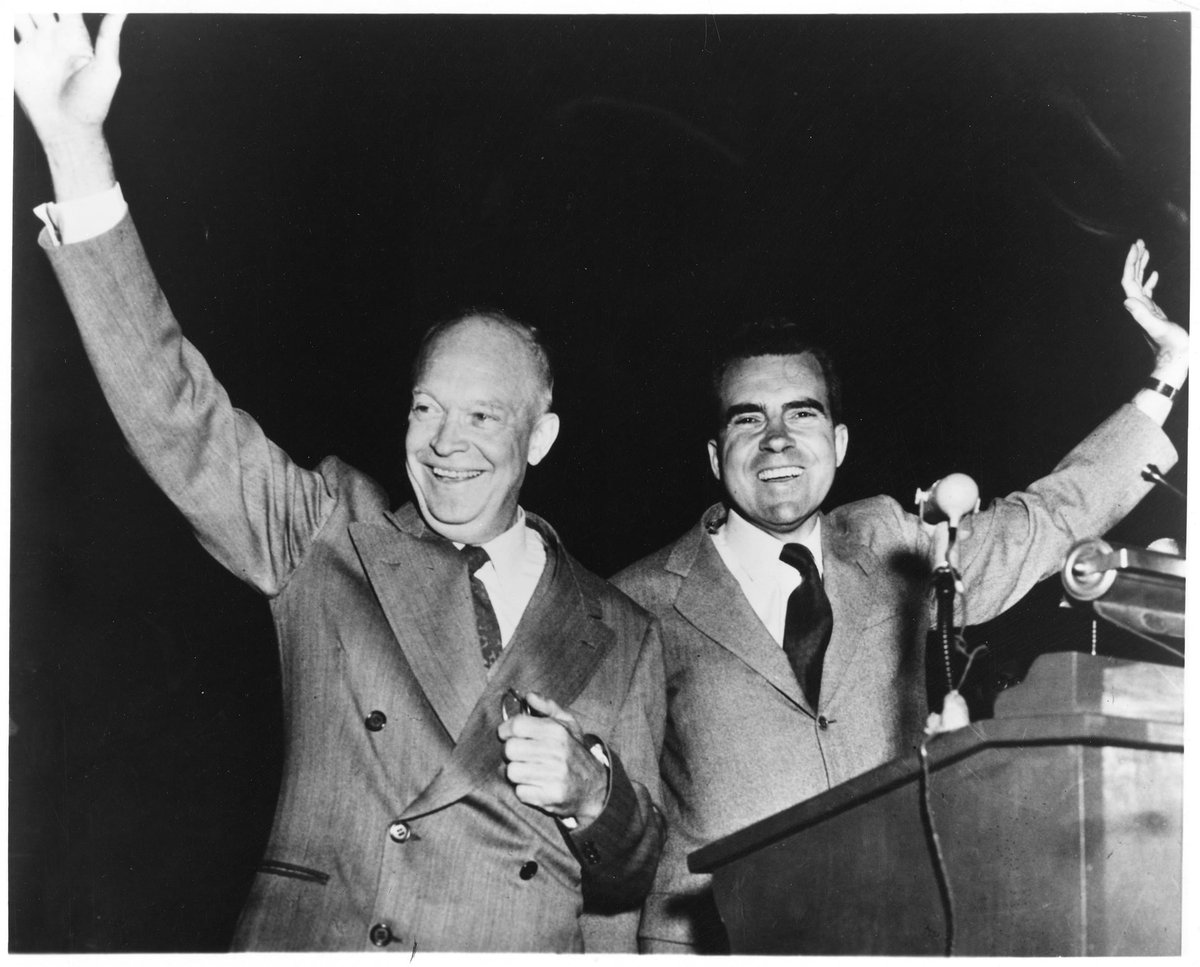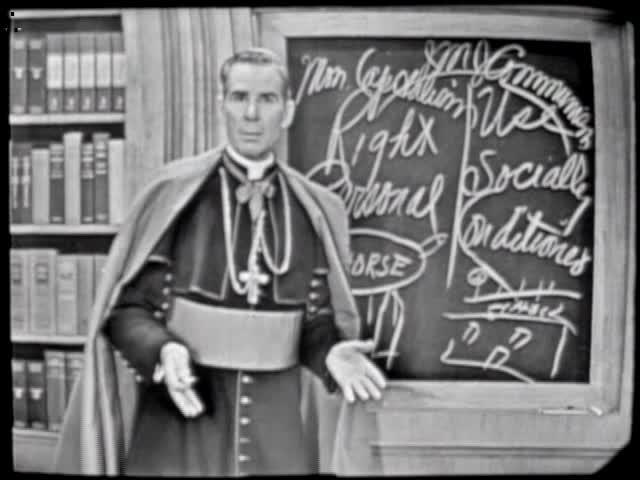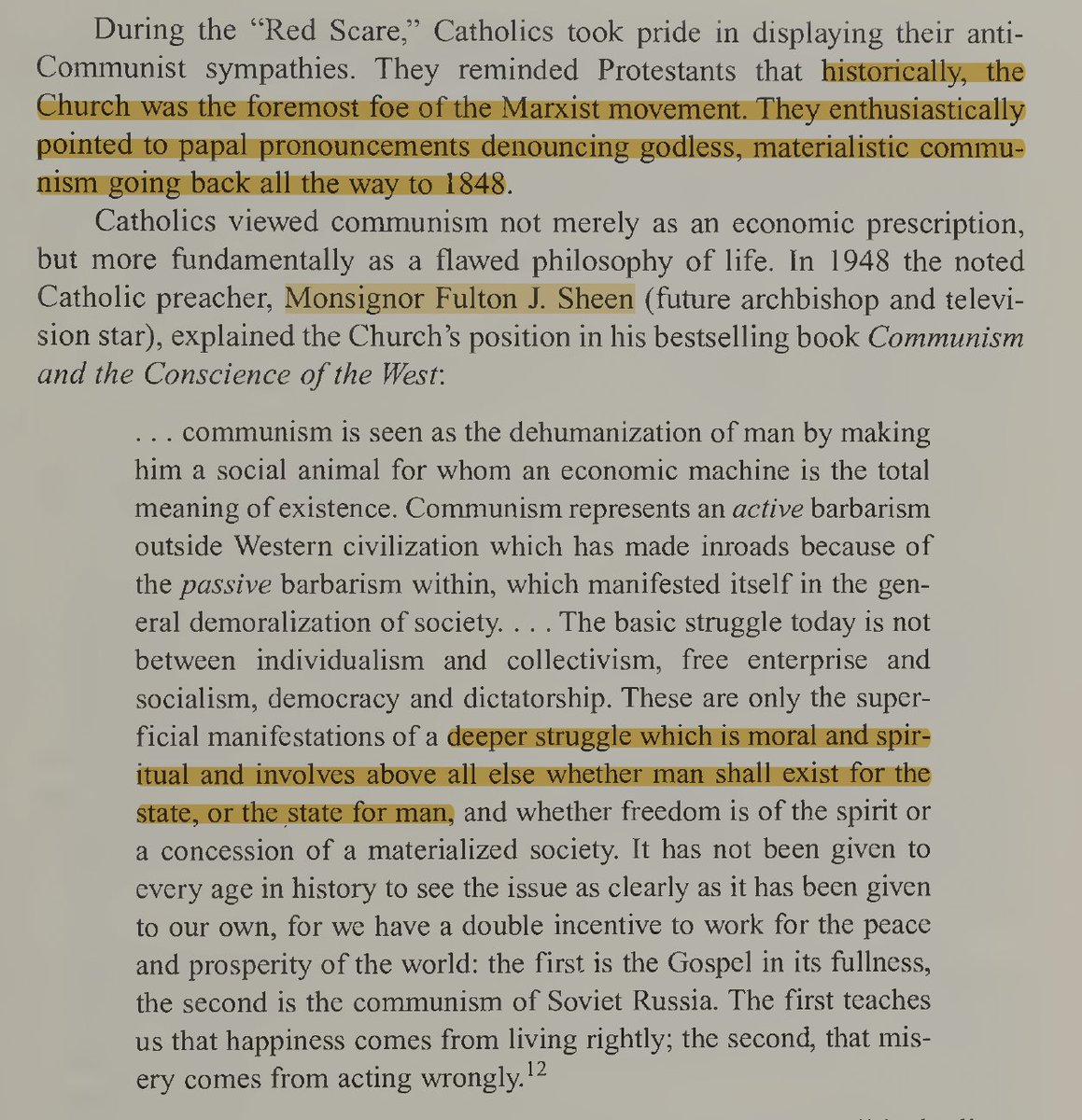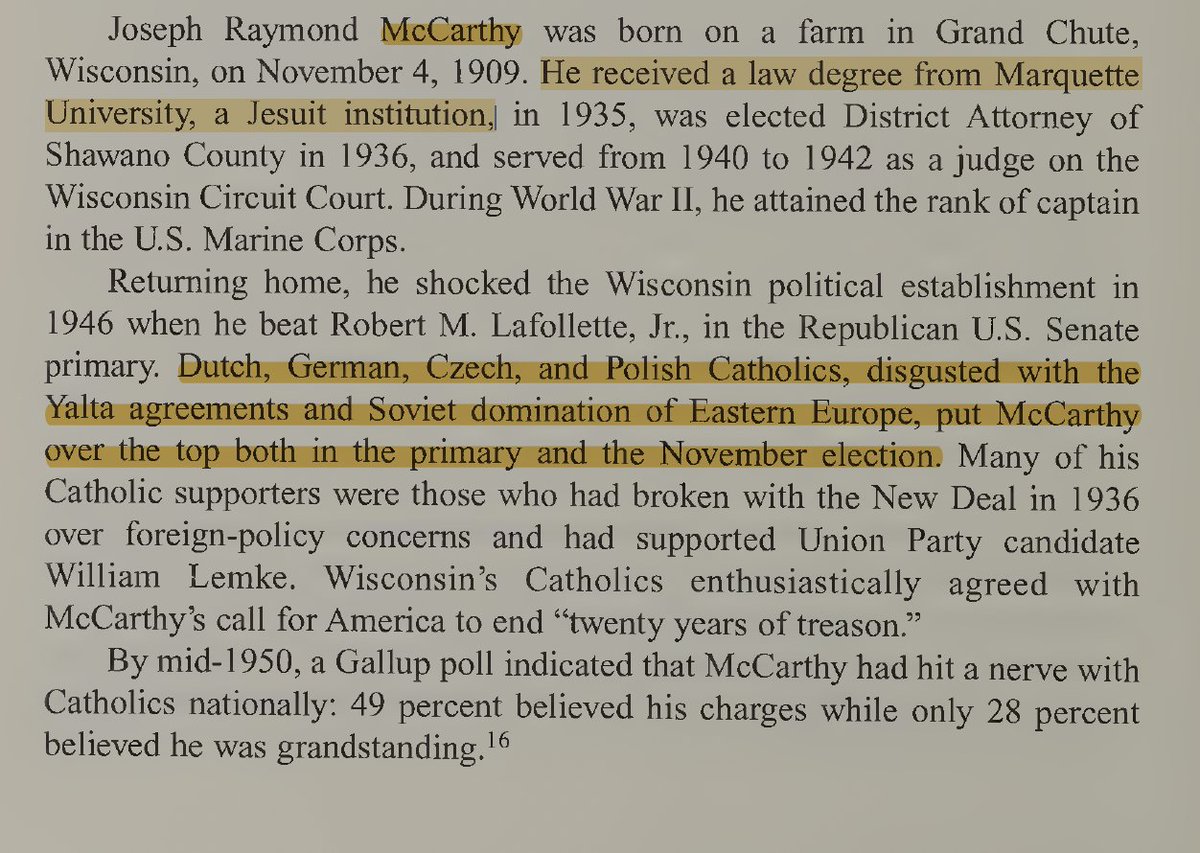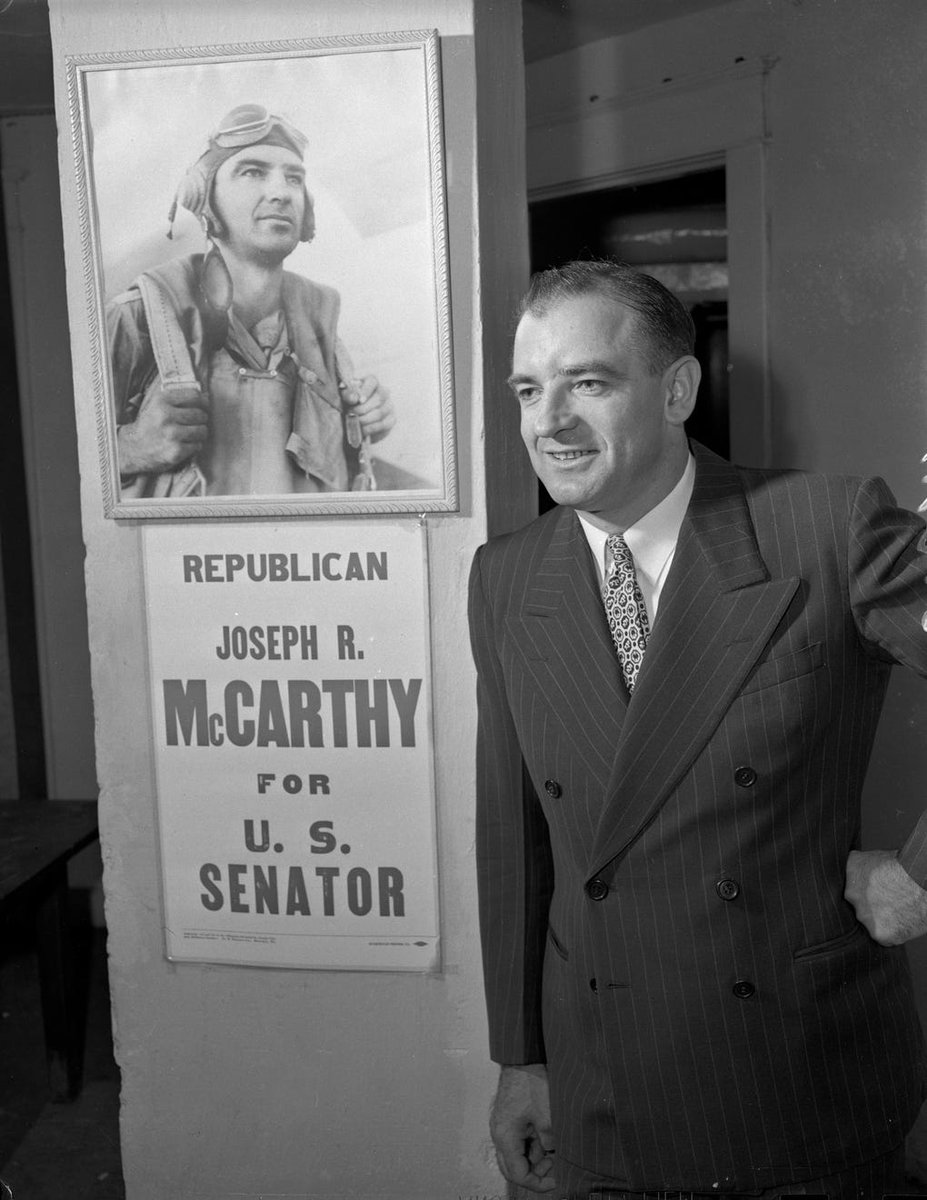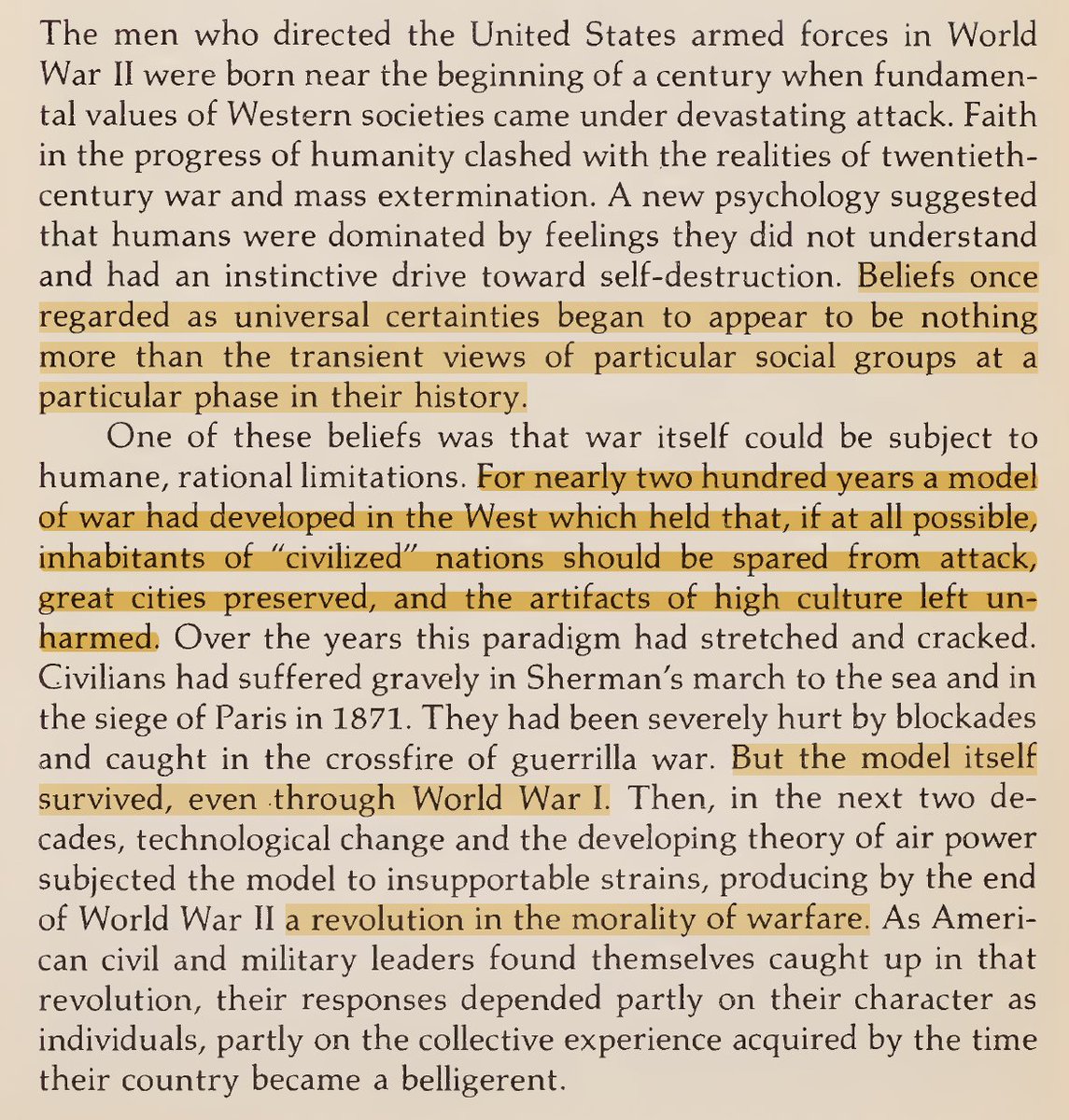Years before the disaster of Forced Busing demolished Boston’s public school system, there were already warning signs of what was to come. The neighborhoods of Mattapan and Hyde Park got a preview of what “racial balance” integration would look like. It did not look promising. 🧵




In the mid-1960s Lewenberg Middle School in Boston's Mattapan neighborhood looked like an incredible success story. In addition to a stellar academic reputation, the school had also been one of the few in Boston to achieve some level of racial balance.



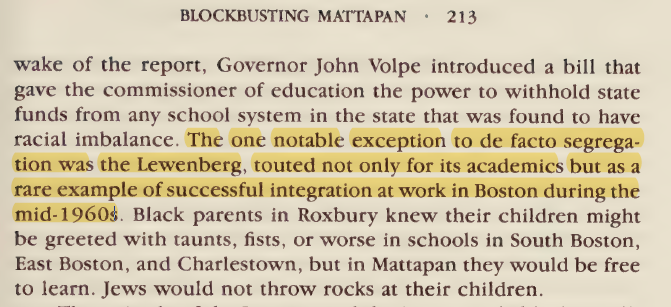
Attempting to appease civil rights complaints, Boston began allowing "open enrollment" transfers into Lewenberg in 1965, offering Black families a chance to attend the elite school. But as the racial balance tipped, alarmed parents saw standards declining, almost immediately. 
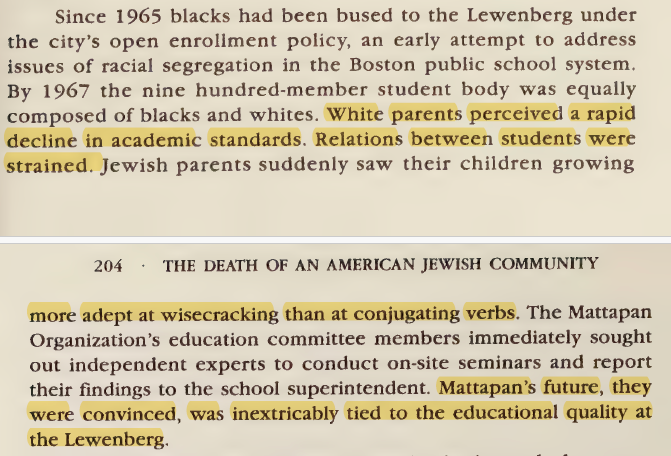
Soon the recently-elite school was unrecognizable. One teacher, returning for the start of the school year in 1968, was stunned by the change: “From the first day of school it was clear that the teachers had lost control.” “White students huddled together for protection ..."




The teacher kept a diary of his experiences at the now majority-Black school: Multiple fights, assaulted teachers, Cafeteria riots - “Today I broke up five fights. I asked the principal … to call the police in. He told me to go back to my room.”




If the civil rights activists theories about the benefits of integration were correct, then the integration of the Lewenberg School should have been a showpiece success story. Instead, violence and mayhem were now routine, and the once-elite middle school was being trashed.




The disorder at the Lewenberg school spilled out into the surrounding community. Trashed school supplies littered nearby streets. Mattapan residents and business were harassed and assaulted by the young Black students.






Mattapan's Jewish parents began pulling their children from the now all-too integrated local schools. Using the “open enrollment” policy, they transferred to schools in a seemingly-unlikely destination - nearby Hyde Park, a predominantly Catholic neighborhood. 

In 1970, Hyde Park was a neighborhood of second and third-generation Irish and Italian immigrant families, living in owner-occupied homes, happily-assimilated into middle-class America - One of Boston's safest areas, where children walked to school. But a storm was gathering. 

The demographic change that had rocked Mattapan began to impact Hyde Park. In the mid-1960s, a new teacher at High Park High School was greeted with “Welcome to the country club.” But by 1970, Blacks were 7.5 percent of the student body, and trouble was brewing. 

In January 1970, a Black High Park High student stabbed two Whites after school. The school was in turmoil. The next day half the students stayed home. Parents were upset that the Black youth charged with the stabbings was allowed to return to the school.




February 1971 saw more turmoil, walk-outs, and allegations of violence in several schools, including Hyde Park. A common complaint from White students and their parents was that Black students were not being punished for misbehavior.




Into the following school year, Boston struggled to maintain order at Hyde Park High. Racial tension threatened to reach a boiling point after a group of White girls was attacked by a group of Black girls.




In the aftermath of the attack, Hyde Park High was on the edge of more violence. A Black student was arrested for bringing weapons into the school. White girls charged that they were being harassed, threatened, and assaulted by Blacks girls in the school. 

Despite the turmoil in Mattapan, Hyde Park, and at integrated schools across the city, civil rights integration-fanatics showed no inclination to slow down. For Boston families, much worse was to come - Forced Busing was on the way.




Years later, a documentary would capture what had become of the Hyde Park High School after a few years of Forced Busing integration. It was not a pretty scene. The “Country Club” high school was gone forever.
• • •
Missing some Tweet in this thread? You can try to
force a refresh



